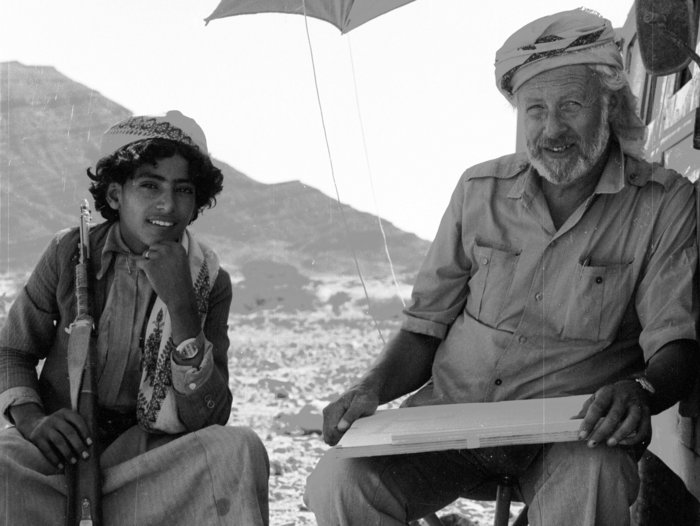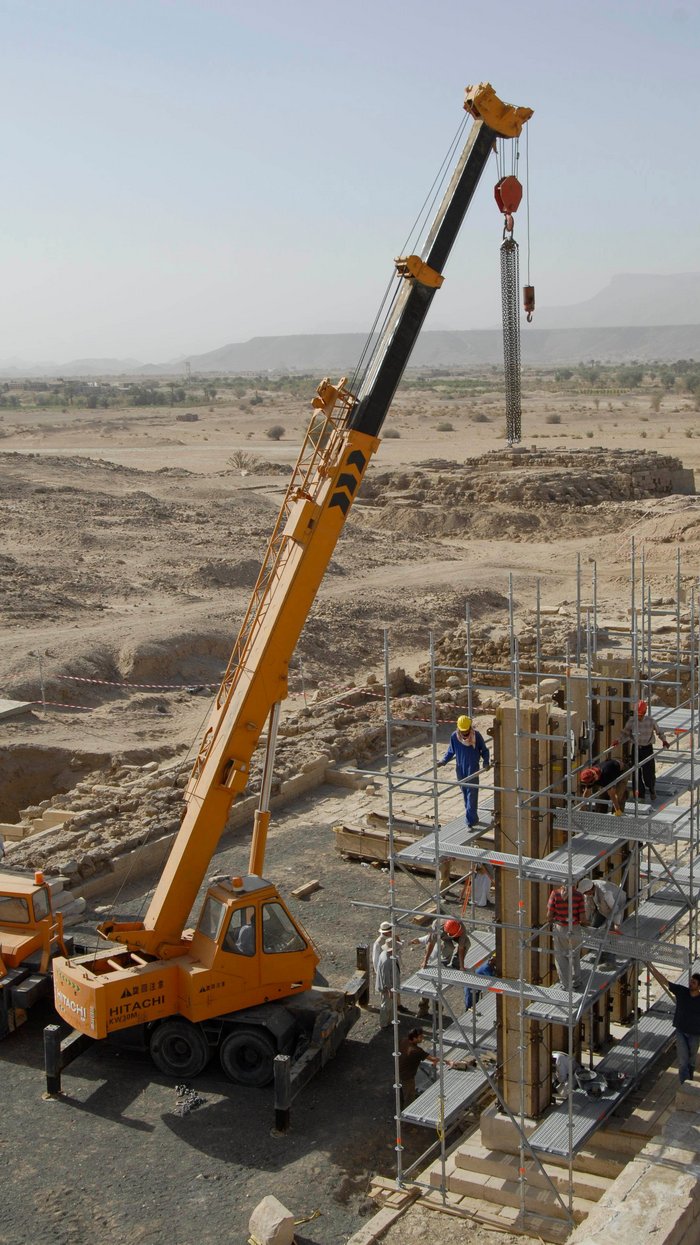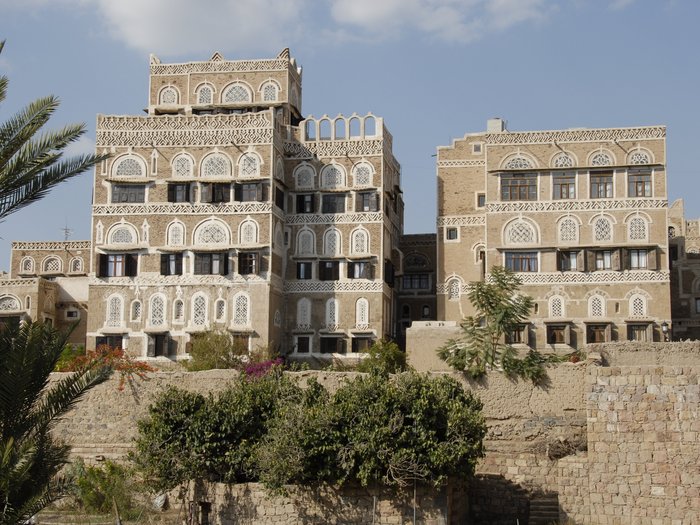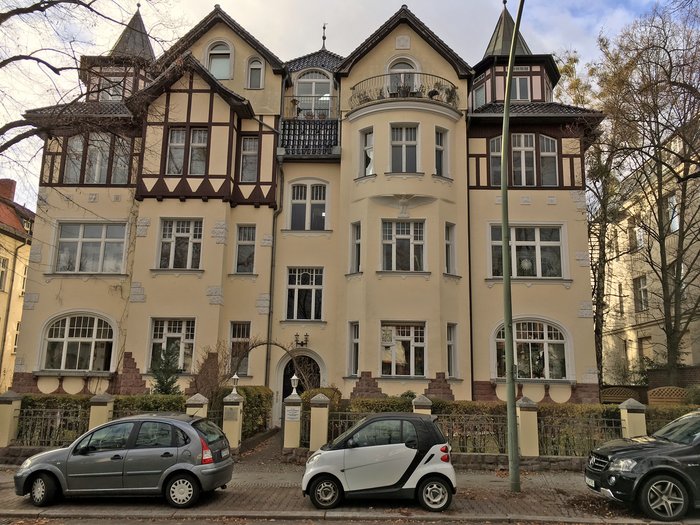
History
Interaction processes, mobility of people and objects, formation of complex societies, sacred buildings, and sepulchral landscapes, religion and cult, as well as water management in arid regions under changing climatic conditions are but some of the current issues studied by the Sana'a branch office in South Arabia and the northern part of the Horn of Africa. These topics have developed over the last 45 years of research by the DAI in South Arabia, today's Yemen.
The DAI's station at Sana'a was founded in 1978 with the aim to explore the diversity of South Arabian culture. It was subsequently integrated to the Orient Department in 1996 as the Sana'a branch office. But the DAI's history in Yemen reaches back much earlier to the end of the civil war in 1969 and the intensification of bilateral contacts between the Federal Republic of Germany and the Arab Republic of Yemen, then known as North Yemen. As early as 1970, the German Yemen Expedition was commissioned to explore South Arabian cultural assets. Further research expeditions led by the DAI followed in the 1970s. The studied area expanded continuously with Sana'a as its base in the south of the Arabian Peninsula.
Since 2009, the Sana'a branch office has furthermore been engaged in the exploration of the cultural zones in Northeast Africa. Its focus there is dedicated to the cultural contacts between the Sabaeans, who immigrated from South Arabia in the early 1st millennium BC, and the local population in the Tigray region (Ethiopia). It also centres on the inner-African interaction routes between the Ethiopian highlands, the Nile Valley and the Gash Delta in the 2nd millennium BC.
Owing to the current political turmoil, working conditions in Yemen are presently just as untenable as they are in Northern Ethiopia. Nonetheless, contact with colleagues in the respective countries remains unbroken. The success of the research activities hinges on close collaboration with innumerable national and international cooperation partners. Together with the antiquities authorities of the host countries, the branch office in Sana'a is committed to several cultural preservation measures for the protection of ancient cultural heritage in Yemen and Ethiopia.
The Sana'a branch office has its quarters in an approximately 250-year-old house since 2006 inside the UNESCO World Heritage Site of Sana'a's old city, but also in a property in Habelschwerdter Allee in Berlin. The outbreak of the civil war in 2014 led to the Sana'a premises' current closure to the public.
Head of the Sana'a Branch
1978-1994 Jürgen Schmidt
1994-2000 Burkhard Vogt
since 2000 Iris Gerlach






